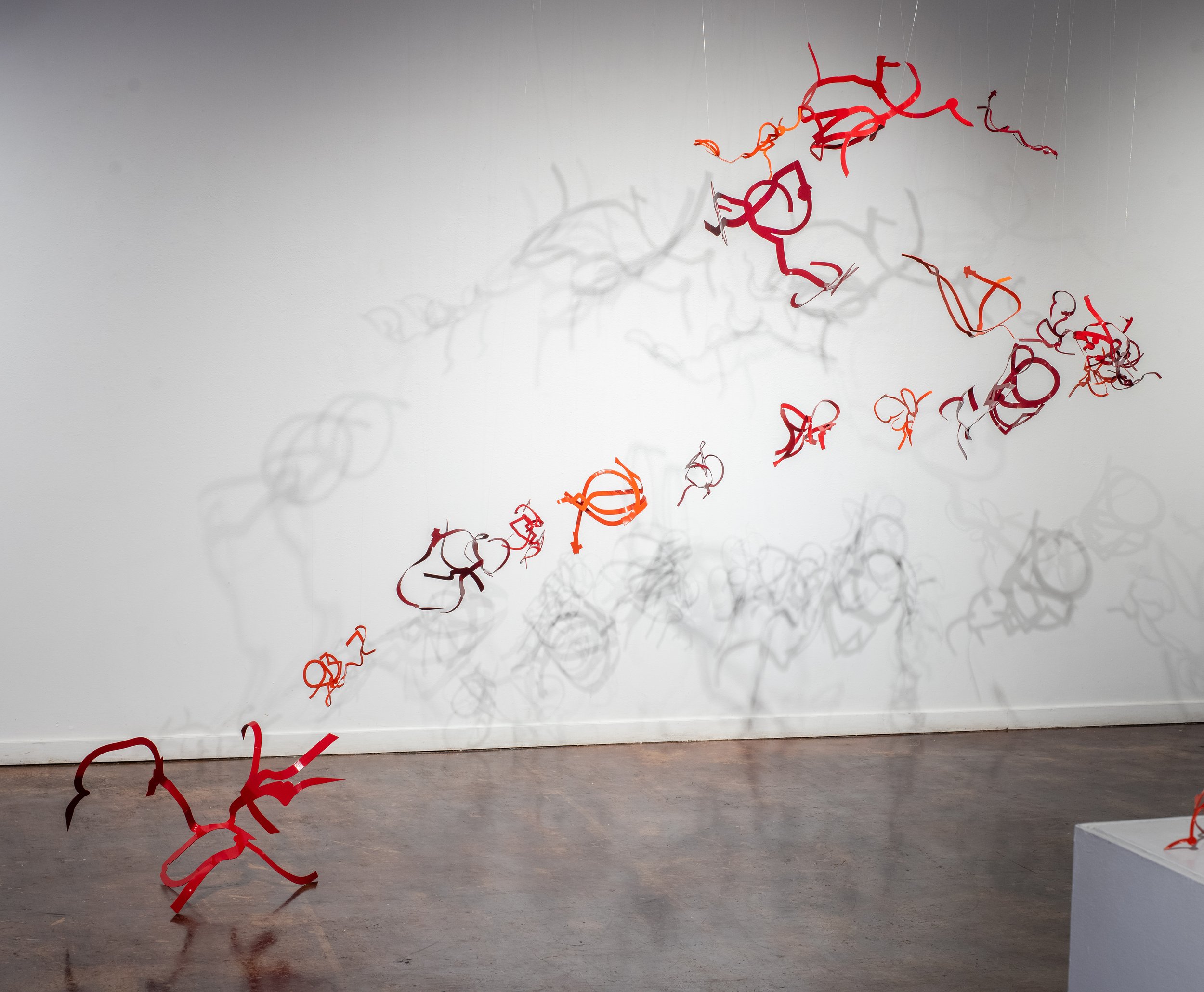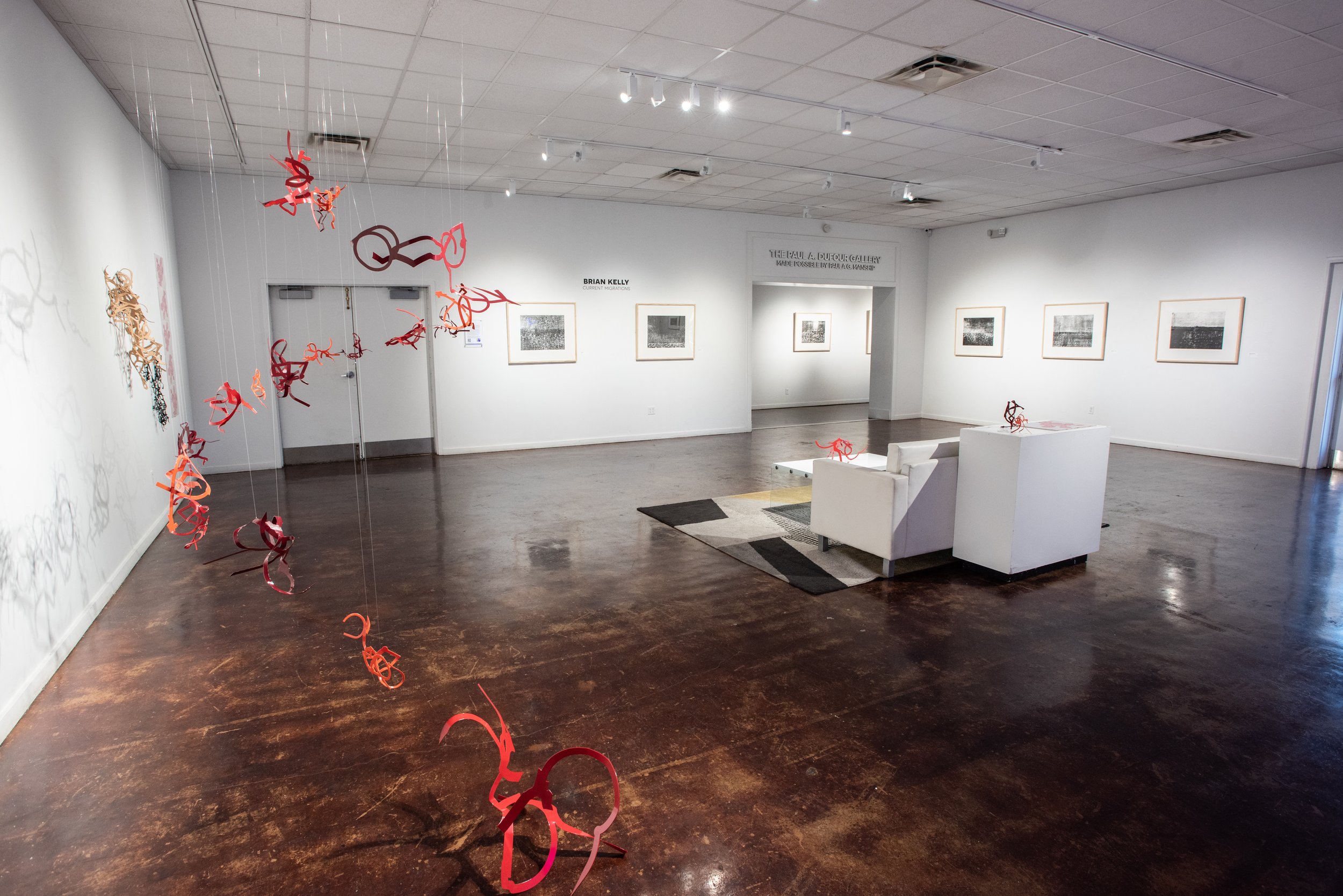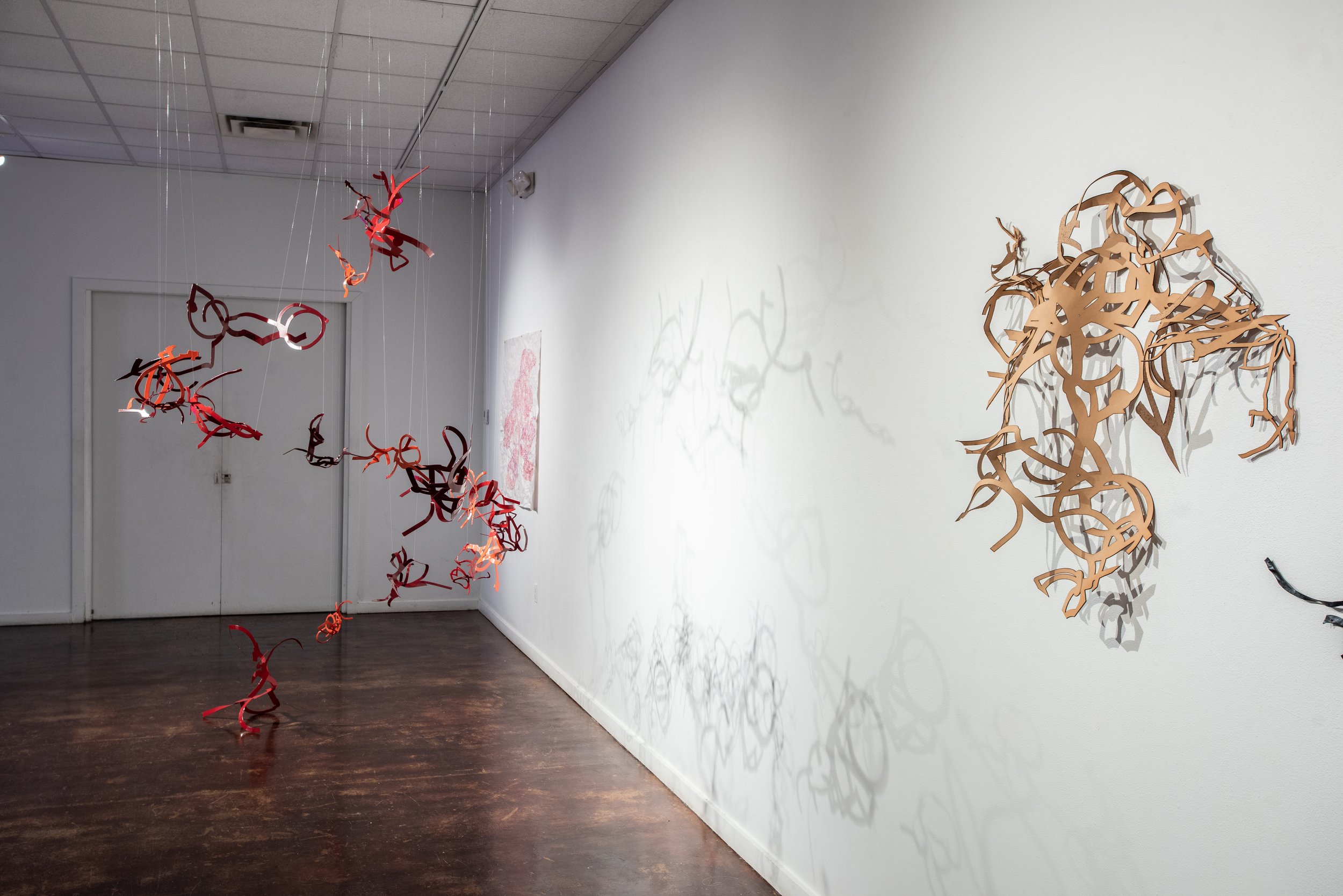liz lessner
Lessner's sculptures use sensory perception to reframe interpersonal interactions. They combine traditional sculpture materials with physical computing to create multi-sensory experiences that are often interactive. These works stem from a framing of resonant gestures that ritualize and familiarize personal memories. These objects consider social feedback loops, popular narratives of desire, as well as mythology and nostalgia and the fetishism that both imply. They explore negotiations of power and status, authenticity and performance, and preconscious affinities and desires.
This work is influenced by Lygia Clark’s Sensorial and Relational Objects which use focused gestural performances to reframe the processing of memories, interpersonal interactions, and conceptions of self. This work applies material and sensory juxtaposition strategies to the design of objects that use embedded electronics. The resulting sculptures call on our embodied knowledge and temporal sensibilities in a process that builds on the suggestion in Clark's work that relational objects can be transformative and therapeutic.
These sculptures use technology and sensory engagement as their materials. They lead to further questions: What worlds become possible if we take strategies of sensory engagement as guides when building with new technologies? What possible worlds might we discover if we invent new forms?
Lessner was a 2019 Fulbright Scholar affiliated with the Department of Expressions and Languages at the Federal University of Rio de Janeiro as well as the CrossLab Research Group and the Lab for Innovation and Prototyping at the University of Fortaleza in Ceará, Brazil. Lessner has had solo shows at VisArts in Rockville, MD; Honfleur Gallery in Washington, D.C.; Big Orbit, a Center for Exploratory and Perceptual Arts Project Space in Buffalo, NY; and The University of Oregon’s Eric Washburne Gallery in Eugene, OR. She has exhibited her work nationally and internationally including at A.I.R. gallery in Brooklyn, NY; The CrossLab for Innovation and Prototyping at the University of Fortaleza in Fortaleza, Brazil; the Guapamacátaro Center for Art and Ecology in Michoacán, Mexico; and Everard Read’s Circa Gallery in Cape Town, South Africa. She has an MFA in Media Study from the University at Buffalo. Her research into embedded electronics' ability to create novel sensory experiences has been supported by grants like the Mark Diamond Research Fund, fellowships like the Eyeo Artists Fellowship, and awards like a Fulbright Research Award.
She is the founder of the Sensory Engagement Lab. This community-based research platform probes how novel combinations of materials and embedded electronics contribute to the sensory experience by fostering collaborations between artists, technologists, and other thinkers to produce interactive and experimental artworks. She is also a co-founder of Yes We Cannibal, a Baton Rouge, LA-based project space for unrestricted and non-hierarchical cultural experimentation in the areas of art, music, food, social research, and performance.
Artist Member since 2021
2019 fullbright researcher, federal university of rio de janero
master of fine arts (Emerging Practices) from University of Buffalo
bachelor of science from university of oregon
current works
Speak Make Floating Signifier (Installation)
120 x 94 x 60 inches
Captured Interstitial Space of 5 Iconic Gestures (raging from airkisses to pushes), Audio, Grasshopper Algorithm, Steel, Enamel
If you are interested in purchasing a piece from this installation, please inquire by email.
























mixed media installation